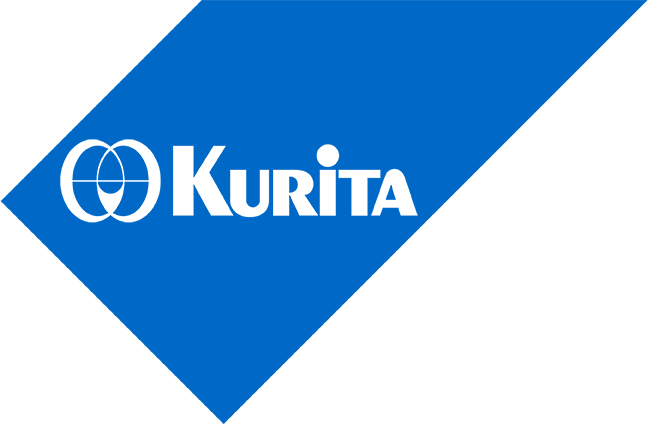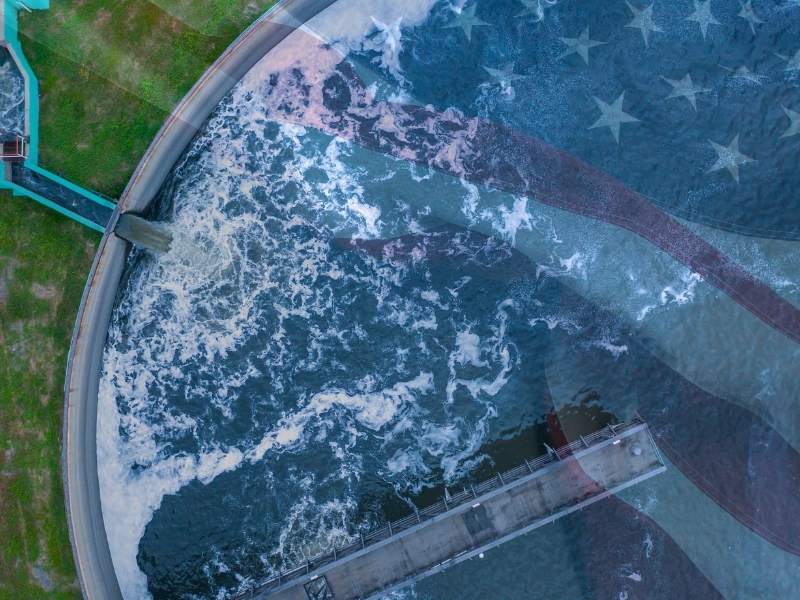The Build America, Buy America (BABA) Act was part of the Infrastructure Investment and Jobs Act (IIJA), which authorized historic federal infrastructure spending that dedicated over $50 billion to water projects. Although BABA went into effect on May 14, 2022, only now are the first BABA projects in production as adjustment period waivers have mostly run their course. Some confusion over compliance remains, and the industry will certainly learn more as federal agencies begin enforcing BABA on completed projects. Thankfully, stakeholders can learn a lot by reviewing the available guidance documents.
The best place to start to minimize confusion is at the Office of Management and Budget (OMB), which is tasked with interpreting the law for different federal agencies. OMB added BABA guidance into Title 2 of the Code of Federal Regulations (CFR) under Part 184 in August 2023, which is known informally as 2 CFR. Although more than a year had passed since the implementation date, this document and comprehensive preamble was a welcome reference that provided insight into viable compliance strategies. OMB also issued a Final Implementation Guidance Memo M-24-02 in October 2023, which largely refers to 2 CFR.
One notable clarification from 2 CFR concerned how to represent the cost of a component individual component costs when assessing the cost of components test for a manufactured product. This section confirmed that manufacturers may manufacture their own components, which is a critical concept that acknowledges vertical integration within product supply chains.
2 CFR also introduced the concept of “kits” in the preamble. This occurs when a single manufacturer delivers their product in separate components, sometimes at different times, for final assembly at the worksite by a contractor. The kit concept seems to acknowledge the complexity and scale of many products in the water industry. Water treatment equipment, in particular, often requires multiple components that are not easily preassembled into factory-finished units.
Rather than attempting to define kits, OMB leaves federal agencies with reasonable discretion on applying the concept in practice. Therefore, the allowable scope of a kit is likely to be product-specific and susceptible to a federal agency’s understanding of that product.
The 2 CFR guidance is valuable in part because it applies to all federal agencies and their financial assistance programs for infrastructure. Because BABA applies to all infrastructure, not just that for water, it would be unreasonable for 2 CFR to address the nuances across all different industries. But federal agencies can help fill in the gaps, and the Environmental Protection Agency (EPA) is the most knowledgeable on water infrastructure.
EPA’s Office of Water published their BABA Implementation Procedures memo in November 2022 and follow-up Supplemental Questions and Answers memo in May 2023. While careful not to call this “guidance” in deference to OMB, the documents provide additional insight relevant to the water industry. This includes clarification on what constitutes iron or steel products versus manufactured products that may be predominantly made of iron or steel components.
A relevant example is a media filter. The filter (and its appurtenances) is a manufactured product, even if most of its cost comes from steel components like a tank, internals, and fittings. This understanding aligns with older guidance regarding American Iron and Steel (AIS) requirements, and EPA generally considers BABA rules for iron and steel products to align with those for AIS. As a note, AIS is a separate program from BABA and still a requirement for many water projects.
The EPA documents also provide recommendations for individual product certification, which is something that OMB is silent on. While there is no official way to certify a product, EPA recommends a signed letter from the manufacturer with details relevant to the product’s definition of “produced in the United States.” This would include the following, among other relevant details:
- a product description and assigned category
- the location of manufacturing
- a statement attesting to compliance that references relevant manufacturing processes
It will be some time before the water industry has BABA completely figured out. However, reviewing the documents referenced above is a good start to understanding the impact on your course of business. Beyond that, we are all in it together as our industry works through the nuances not covered in or anticipated by the available resources.
BABA compliance is not straight-forward and will depend on the nuances of specific products. Contact Kurita to discuss our compliance approach for the different water treatment products we offer.

